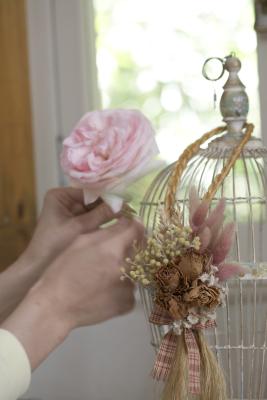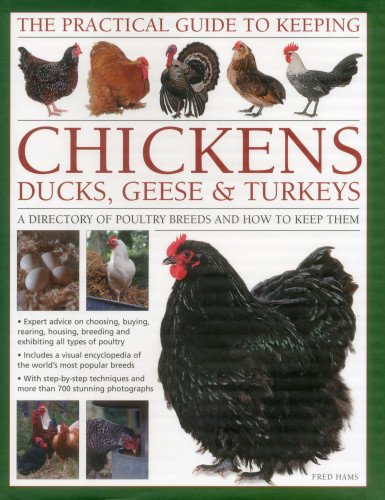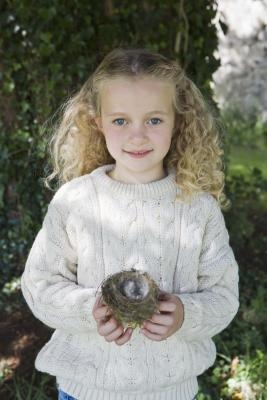
There is something about birds that fascinate us and for many, hanging one or more birdhouses to attract birds to their yard is more than a hobby, it's an obsession. Birdhouses are not only enjoyable and beneficial, but a great deal of learning can be done by observing the birds in them. Some 50 species of North American birds will nest in man-made birdhouses if they are properly constructed and provide adequate protection.
Birdhouses are not just popular because of the birds they attract but they also brighten up our yard as simple and colorful décor. In heavily populated areas, where very few natural nesting places are found, birdhouses also play a very important role in the conservation of our flying friends.
Birdhouses can be functional and attractive and there are many to choose from, but for those of you who are serious about attracting birds to nest in your yard then there are some ground rules you need to follow when providing a nest box or birdhouse.
When purchasing or building a birdhouse, you need to consider more than how good it looks to you. Birds have different behavioral and physical needs and birdhouses of specific dimensions will attract specific birds so choosing the correct sizes and locations for your birdhouses is important for your success. Your birdhouses should never be constructed of metal, the hot summer sun can heat a metal birdhouse to a very high temperature that can be fatal to nesting birds. Birdhouses should not be made from pressure-treated wood and should be free from all harmful chemicals or preservatives and if your birdhouses are painted, they should not be painted or treated on the inside at all.
Painting your birdhouses with bright colors can attract unwanted attention to them. The best colors for your birdhouses are gray, tan, or green. Purple Martin houses are usually white.
Birdhouse entrance holes should be near the top of the box to help prevent baby birds from falling out and should be sized to accommodate the size of the bird which will nest in the house. An oversized entrance hole will be an open invitation to squirrels and other predators. An ideal birdhouse will have ventilation holes at the top to allow fresh air in and heat to escape, drainage holes in the corners to allow excess water that may leak inside to drain, and the interior walls will be grooved or roughened to help young birds climb to the opening.
Space your birdhouses far enough apart from other birdhouses because some birds are very territorial and conflicts could arise resulting in your birdhouses remaining empty. If you are going to hang your birdhouses, keep in mind some birds will not take up residence in a birdhouse that moves in the wind.
Keeping unwanted predators away from your new birdhouses is crucial if you want the birds to nest there. Birdhouses should never be placed at locations where they are accessible to natural predators. Hanging birdhouses from wires above and beyond the jumping range of predators can be an effective deterrent. You do not want birdhouses with any type of perch built onto it. Look for birdhouses with sloped roofs and overhangs directly above the entrance hole to prevent cats or other predators from sitting on top of the birdhouse and reaching in through the hole. Roof overhangs of 3 inches or more will also keep water from blowing in during storms. Mounting your birdhouse on a metal pole or a metal guard encircling wooden poles or trees will help protect birds from squirrels and cats.
The ability to open the top or back of your birdhouse is useful for easy cleaning and checking up on the occupants of the home. Some birds will not nest in a birdhouse or nest box with an old nest inside. Keeping the birdhouses clean and comfortable is essential for the good of the birds and to ensure your enjoyment of the birdhouses.
 Ways to Decorate a Bird Cage
Ways to Decorate a Bird Cage
Ways to D
Ways to Decorate a Bird Cage
Ways to Decorate a Bird Cage
Ways to D
 How to Attract European Goldfinches in the Garden
Goldfinches are a real delig
How to Attract European Goldfinches in the Garden
Goldfinches are a real delig
 Old School New Body Pdf
It is wise need you. You will a dedicated mind. You need ma
Old School New Body Pdf
It is wise need you. You will a dedicated mind. You need ma
 The Maran Chicken
Poultry BreedsThe Maran Chic
The Maran Chicken
Poultry BreedsThe Maran Chic
 How to Care for Baby Birds That Have Fallen Out of a Nest
How to Care for Baby Birds That Have Fallen Ou
How to Care for Baby Birds That Have Fallen Out of a Nest
How to Care for Baby Birds That Have Fallen Ou
Copyright © 2005-2016 Pet Information All Rights Reserved
Contact us: www162date@outlook.com